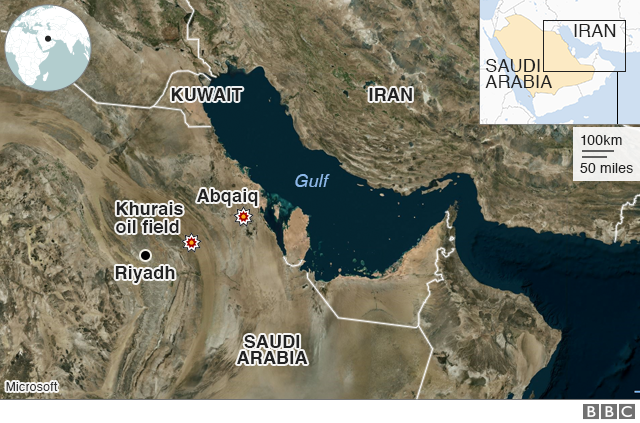7667766266
enquiry@shankarias.in
Why in news?
What happened?

What is the impact?
Who is responsible?
What is Saudi’s priority now?
What is the possible impact on India?
Source: The Hindu